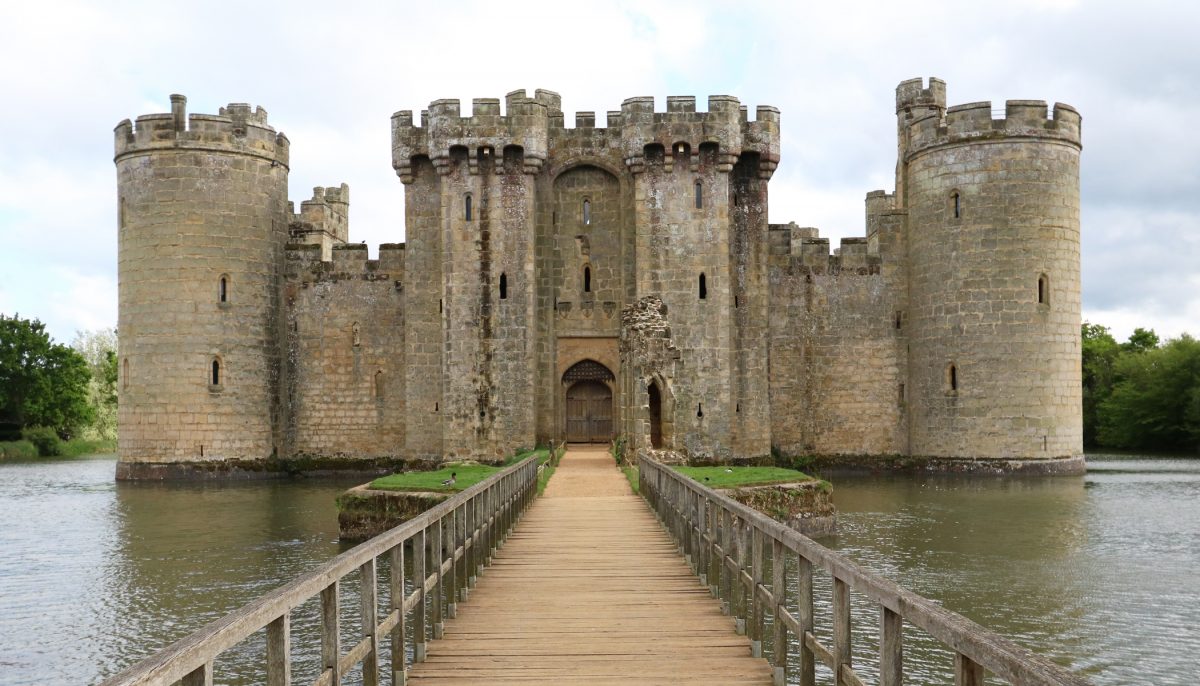
It would not be until the 14th-century account of an 11th-century tragic tale involving Saint Margaret. Then, in the epic Welsh poem "Y Gododdin," a reference to the “stronghold of Eidyn” appears, which is generally assumed to refer to Castle Rock, and suggests that some fortification existed there during this time. Iron Age settlers inhabited Castle Rock, where the castle now rests, and it possibly served as a settlement and hill fort of the Celtic Briton people known as the Votadini, and also possibly for later Scottish tribes.

Even the word itself is a diminutive of the word for city, literally meaning “little city.”Įstablished: 2nd century BCE / 12th century CE Location: Edinburgh, Scotland Can I visit?: Yes! The Castle is one of the most famous in Europe and a massive tourist draw and is considered the best feature of the Edinburgh skyline.

Modern “star forts”, for instance, became popular constructs with the growing usage of gunpowder weapons and can be found dotting much of Europe’s countryside.Ĭitadel refers to the fortified center of a town or a city, and in this way, it could be a fortress or castle, or any sort of fortified installation. Generally, they were military installations, designed to house soldiers and provide for the defense of a region. These have been built throughout history, and at times may have been built in conjunction with some form of greater settlement. “Palace” doesn’t actually refer to anything specific, since it could mean anything from residence for an important figure to a central place of State governance.įorts, are defensive military constructs. Generally, we can think of castles as “fortified homes” for nobility. Castles came in various styles and forms, with many Japanese castles dotting the landscape during the Japanese Middle Ages. In Roman times, these were generally small fortified fortlets or watchtowers, but during the Middle Ages in Europe “castle” specifically referred to a residence for nobility. What’s the difference between all of these things anyway? What makes a castle different from a fort, or a fort different from a citadel?įrom the Latin word castellum we find the root of the word Castle.

The very concept of “castle” has entered our mythic consciousness, building on the ancient roots of our fortified civilizations through the ages, and carrying with it both an aesthetic and an emotional resonance that is impossible to ignore. Earth forts were replaced by tall castle walls, only to be replaced again by trenches during the First World War.Ĭastles, as we think of them in the West, often have a medieval fairytale aesthetic, which stems from mythology more than a practical understanding of what these great fortifications were and how they were used. As the nature of conflict between the settled areas of the world altered, and as weaponry advanced and shifted in form, the nature of those defenses changed as well. Forts and fortifications from once-mighty civilizations have changed hands and been added to throughout the centuries, providing a timeline for the great bastions of the ancient ages in the very working of earth and stone.Īs time rolled inexorably on, so to did humanity’s pursuit of settled lands rather than nomadic trails, and those settled lands required defenses. In the beginning, the natural formations of rock and wood played the role of shelter, to be built upon and improved in later eons and across countless generations. Human beings have needed fortification for the whole length of their history.


 0 kommentar(er)
0 kommentar(er)
